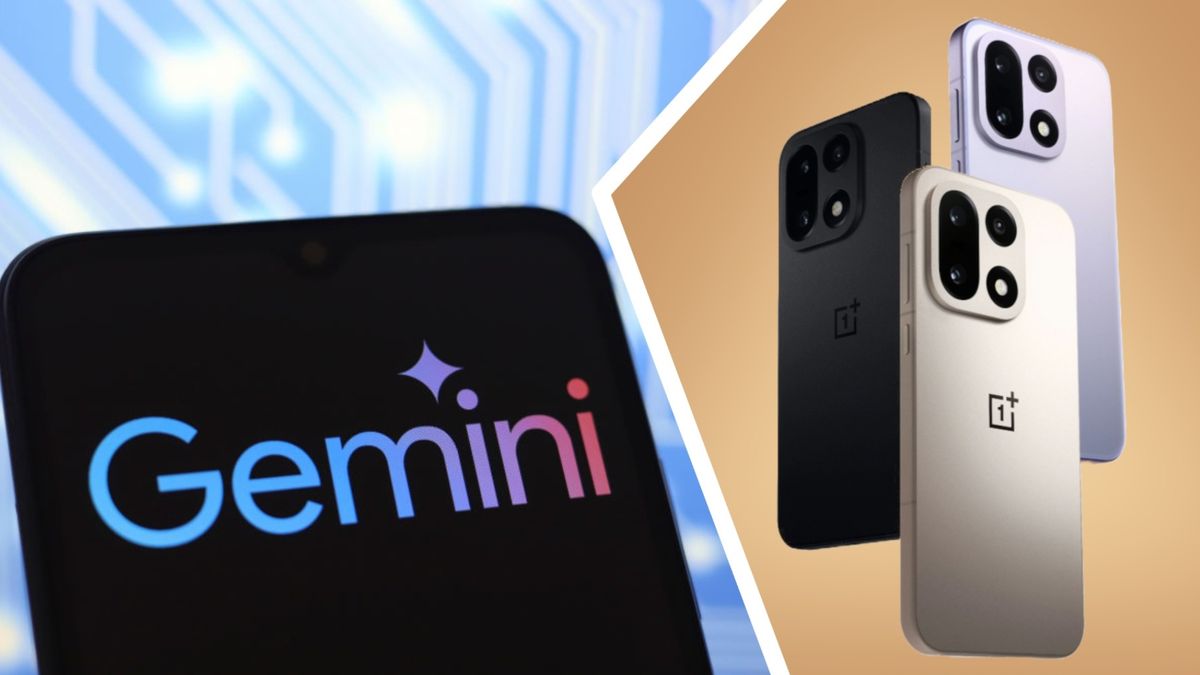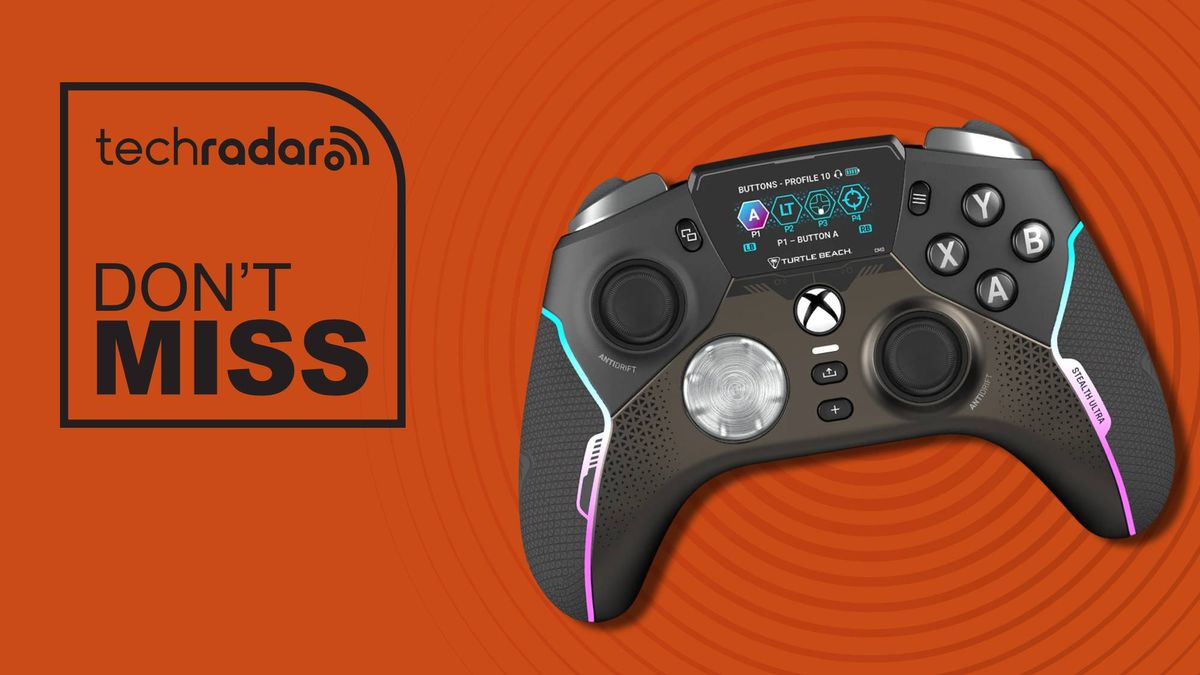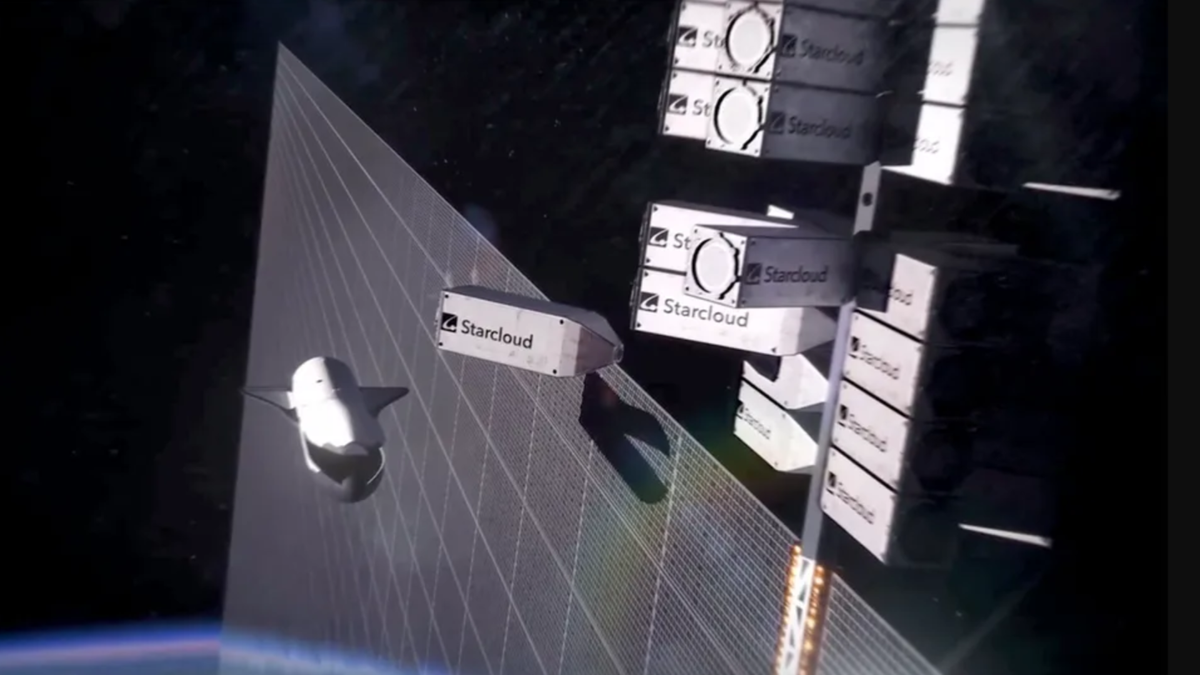I've tested a wide range of distinctive budget smartphones this year, from the Moto G Stylus 2025, which features a built-in pen, to the transparent design of the Nothing Phone 3a. Yet, in just three weeks, the CMF Phone 2 Pro has attracted more curiosity than either of those devices.
Also: How to turn on Android's Private DNS mode - and why turning it off is a big mistake
Multiple people have asked me about the phone, something that rarely happens with devices in this price range. The CMF Phone 2 Pro is designed to stand out, and it does so effortlessly. Here's why.
A design that stands out
The first thing you notice about the CMF Phone 2 Pro is its unique design. It's striking, with an industrial edge that sets it apart from the sea of generic-looking smartphones. The color scheme and shimmering quality of the plastic back plate soften the phone's appearance, giving it a sense of character and lightness.
The camera housings are shiny, metallic, and sturdy. Their pleasing concave shape elevates the premium feel while protecting the glass lenses. Large, shining crews on the back panel are bold and impossible to ignore.
From my hands-on experience, the plastic frame does a good job of passing as aluminum, and the device has a reassuring heft while still feeling light. This phone looks and feels intentional in its effort to stand alone in its design. That's a rare quality in the budget segment, where most phones are content to blend in.
Modularity and the expansion port
The CMF Phone 2 Pro takes two distinct approaches to modularity, but both come with caveats. First, there's a removable plastic disc at the bottom corner of the rear plate, designed for attachments made by Nothing, like a lanyard that hangs the phone around the neck. It seems like a minor addition compared to what true modularity could offer.
Also: I never thought I'd praise a kickstand power bank - until I tried this one
The second, and more substantial, modular approach involves those large screws on the back. This allows for the attachment of a Universal Cover, which then unlocks access to interchangeable camera lenses, a wallet, and a stand attachment. It's a clever system that promises versatility, at least in theory.
Frustratingly, none of these accessories are currently available for purchase on the Nothing site, and I've found no official channels to order them at the time of writing. For a device that leans heavily on the unique promise of modularity, this lack of options is a disappointing speed bump.
Everyday experience
Modularity quibbles aside, using the CMF Phone 2 Pro as my daily driver has been a mostly positive experience. Performance is solid, with the MediaTek Dimensity 7300 Pro 5G processor and 16GB of RAM. I've noticed occasional slowdowns when launching the camera from a screen-off state, or tapping to pay with Google Wallet at stores, but overall, performance hasn't been a noticeable issue. The phone handles everyday tasks, browsing, and social media with ease.
Also: I test dozens of Android phones every year: Here's how the best models compare
The fingerprint sensor is positioned low on the display, which can be inconvenient when holding the phone with one hand. Once I shift my grip to reach it, the sensor works fast and reliably. The single onboard speaker is disappointing and pretty weak, with music and YouTube videos sounding thin and hollow. Given the phone's price, this sound issue is a reasonable trade-off, and I appreciate that CMF prioritized other features instead.
The 6.77" AMOLED display is another highlight of the phone. With uniform bezels, onscreen content looks sharp, colorful, and rich. I've been happy with the screen, and it's a big step up from what you often get at this price point.
Also: One of the best Android smartwatches I've tested is not a Google or Samsung
Battery life on the CMF Phone 2 Pro is excellent, and I easily got a full day of use out of the 5,000mAh battery. The 33W charging speed is still faster than my much more premium Pixel 9 Pro. Ultimately, I've never had to worry about running out of battery, even on busier days.
Cameras and software
At this price, it's satisfying to have a triple camera system that's decent in almost all aspects. The main camera takes sharp, vibrant photos in good light, and the 2x optical telephoto lens is a treat.
The ultrawide camera is decent for wider shots, but it's the weakest of the three. The lack of optical image stabilization throughout is a downside, especially in lower light or when shooting moving subjects. I had to be more mindful about anchoring my arms for steady shots, but again, I think this is a reasonable compromise at this price.
Also: Apple's $95 million Siri settlement claims are ending soon - how to secure your payout
The Nothing brand OS is fresh, reasonably unbloated, and has some extra visual components that add true personality to the experience. One thing I appreciate more and more about Nothing's phones is that the software approach is uniquely aesthetic, but it can also be made to feel completely vanilla if you want.
I tested out the new AI-sorted Smart Drawer but found it didn't quite save me any time as I constantly worked to understand where my apps were automatically placed. Ultimately, I reverted to standard alphabetic sorting, and I was happy as a clam. The promise of three years of software and six years of security updates is pretty reasonable for this price as well.
This phone also has the Essential Space button and software, which I've loved since I reviewed the Nothing Phone 3a. This button is one of my favorite AI implementations in smartphones right now, mainly because it's so easy to use. Tap and hold the button to immediately record a voice memo stored in Essential Space. Reminders in that space show up as requested. This feature is my favorite way to log fleeting ideas on the go with zero roadblocks.
Also: I replaced my Pixel 9 Pro with this midrange Android phone - and don't regret it
However, I do have a big complaint about Essential Space: You can't copy, share, or export text or audio outside the feature. That information is locked inside, which is a critical design error that I hope is addressed in a future update.
ZDNET's buying advice
One major consideration for US buyers is the limited availability and carrier support. The phone is only available through Nothing's Beta program in the US, and you might encounter compatibility issues depending on your carrier. T-Mobile, my carrier of choice, offers the best connectivity for 3G, 4G, and most 5G. AT&T lacks 5G, VoLTE, and VoWiFi support, while Verizon is even more unreliable. LTE may work if your IMEI is whitelisted, but CDMA and 5G are not supported there.
The CMF Phone 2 Pro is a solid low-midrange smartphone that offers excellent value for its cost. The device isn't perfect, but its downsides are all pretty reasonable tradeoffs. The lack of availability of its playful modular system is concerning and could be the one big ding on an otherwise excellent budget device.

 3 months ago
120
3 months ago
120









 English (US) ·
English (US) ·